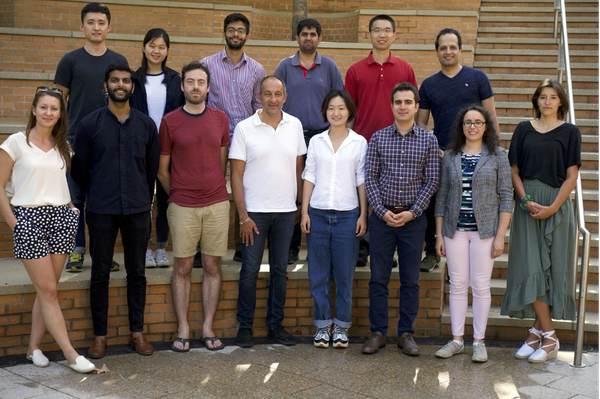Energy Superhighways

The nation’s electric grid is in the news again following catastrophic power failures in Texas and California during the past year. The bipartisan infrastructure framework was recently endorsed by the Biden administration. The electricity sector has been thought of as the “leading horse” when it comes to decarbonization. How would the grid infrastructure cope with the pressing challenges of decarbonization, reliability and cost-affordability? Could we keep the lights on while keeping our planet healthy? The answer to these questions largely lies in building a resilient energy “superhighway,” an electric grid that delivers a wide portfolio of energy supplies to the end users in a reliable manner.
Today’s electric grid infrastructure is just not ready for the scale and speed of energy portfolio transformation being envisioned. One could ask the following thought experiment question: How many electric vehicles charging at the same time would have blown up your local substation transformer? If we are thinking of a small town in the Midwest, the answer is probably a few hundred. In order to achieve the climate solution with speed and scale, it is imperative that investments be made to strengthen the electric grid by building both “big wires” and “small wires.” “Big wires” refer to the bulk transmission grid, as well as the hardware equipment at the high voltage side. “Small wires” refer to closer-to-home distribution grid, as well as the lower voltage control, sensing and communication capabilities. Investments are needed both in building the backbone interconnections, as well as in upgrading the “last mile” distribution grid.
Strengthened backbone interconnections will provide better distribution of energy from sources to load centers and will capitalize on the diversity of resources to reduce the uncertainty of variable energy resources. Upgrading the distribution grid would accommodate the changes in the demand imposed by the EVs and the distributed energy resources at the distribution level. The following actionable innovation priorities are proposed to build a more resilient grid infrastructure for climate solutions. First, reliability has to be of paramount importance for the energy superhighway. Second, institutional and market design innovations will need to go hand-in-hand with technological innovations to maximally mitigate the operational risks brought by variable and duration-limited energy resources. Third, agencies and entities across this complex ecosystem will need to have more clear roles and responsibilities to align the innovation agenda. Last, there is tremendous need of talents in the overall infrastructure sector. International cooperation on this matter is of utmost importance since no country alone can develop the energy infrastructure to tackle the global climate challenge.
For more, please click here.

